Projects

Foundational Security for Software
We are creating secure software foundations and applying them to operating systems used widely in mission-critical systems for the Department of Defense.
Tags
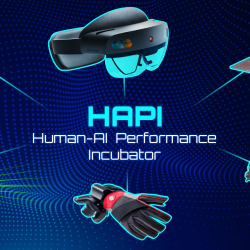
Human-AI Performance Incubator
A new collaboration space is empowering researchers to drive innovations in human-AI teaming.
Tags
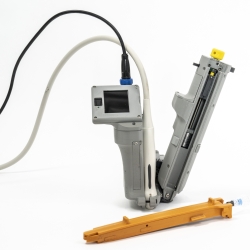
Artificial Intelligence–Guided Ultrasound Intervention Device
Hemorrhage causes 90% of preventable battlefield deaths. AI-GUIDE is designed to address this issue by enabling medics to catheterize a major blood vessel, through which life-saving aid can be delivered, in a pre-hospital setting.
Tags
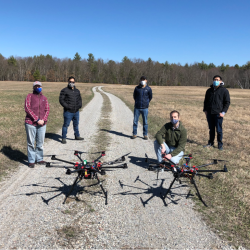
Collaborative-UAS for Hostile Attribution, Surveillance, Emplacement, and Reconnaissance
We are building a toolbox of autonomous functions for unmanned aerial systems to improve UAS missions and alleviate burden on human operators in the field.
Tags
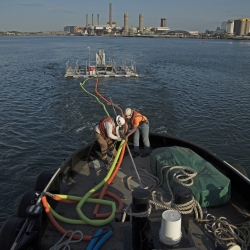
Autonomous High-Resolution Ocean Floor Mapping
The Laboratory is working to develop a novel seabed-mapping capability that can achieve high-resolution imaging and a fast coverage rate.
Tags
AI Systems Engineering and Reliability Technologies
We are developing scalable tools and techniques to accelerate the design and evaluation of reliable, mission-ready artificial intelligence systems.
Tags
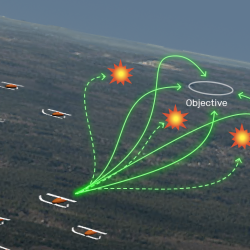
Exploiting Risk-taking in Group Operations
Teams of autonomous systems learn collaboration strategies by hypothesizing how the team would perform if one system followed alternative trajectories or was eliminated from the team.
Tags
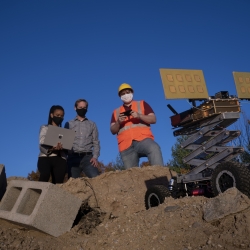
Motion Under Rubble Measured Using Radar
Our see-through-wall sensor is a lightweight, portable technology that peers through rubble and debris of a disaster site to detect survivors.
Tags
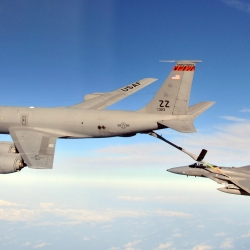
Aerial Refueling Optimization Engine
Our model optimizes the scheduling of aerial refueling missions, saving fuel and costs for the Department of Defense.
Tags
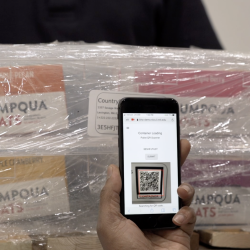
USAID Food Traceability
We're building a system to track the dispersal of international food aid.
Tags